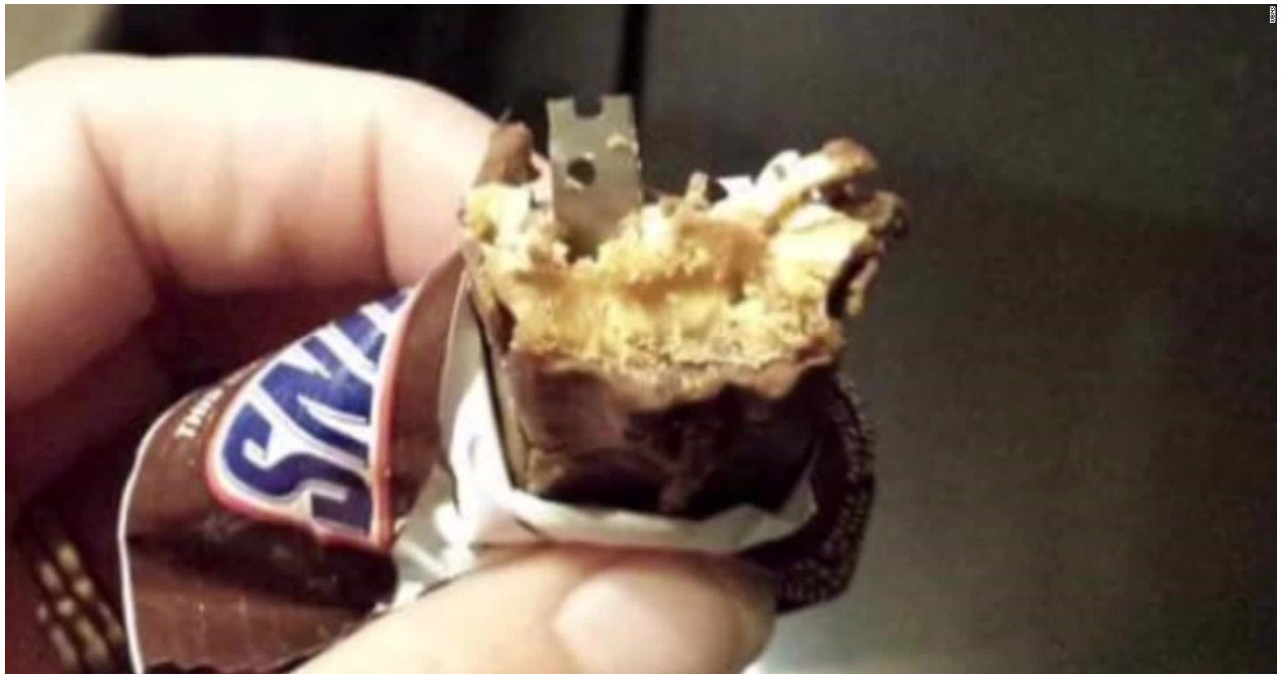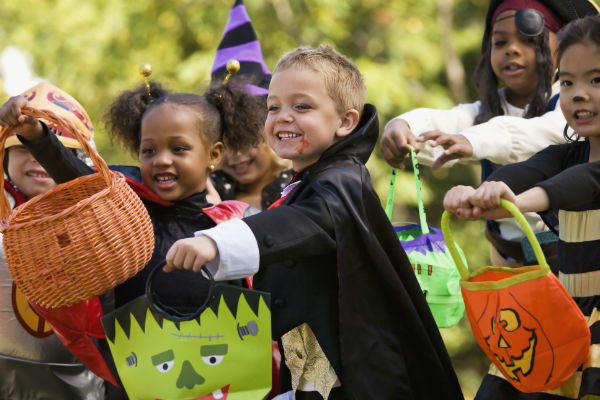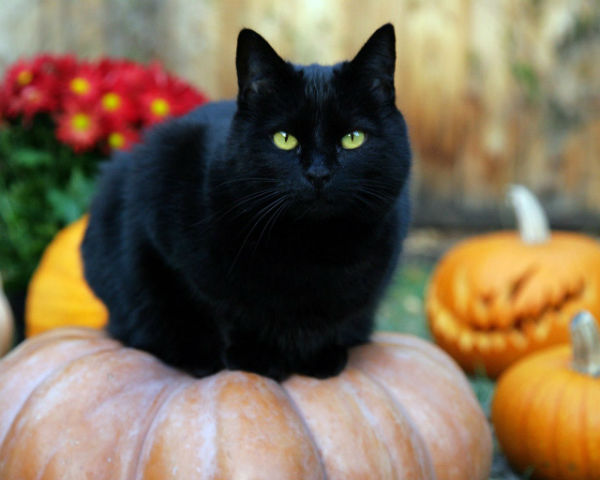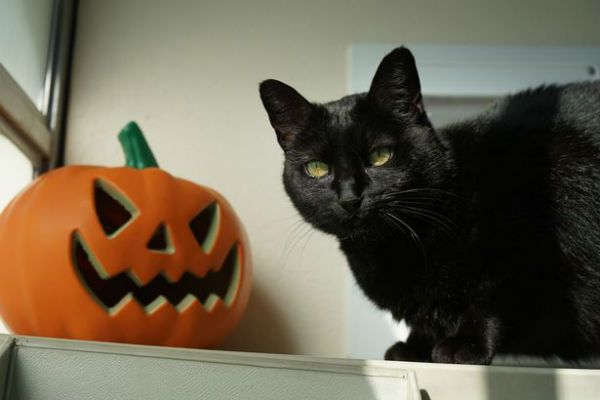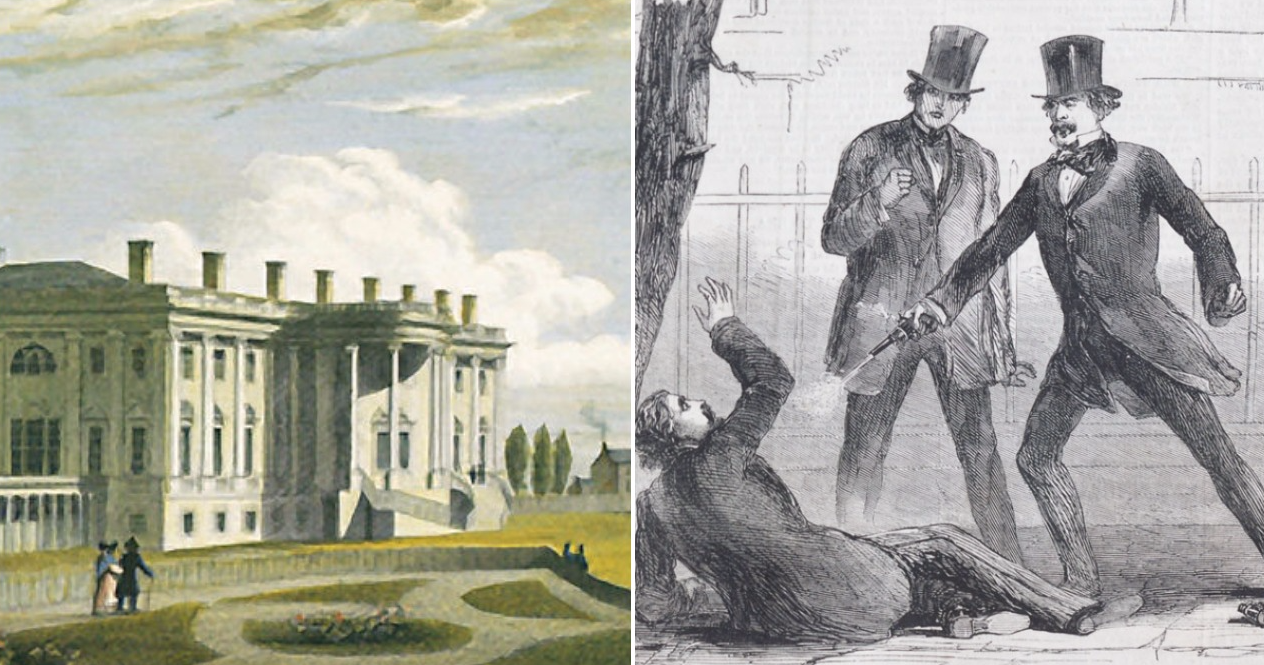Halloween is a mysterious and scary holiday, but then again that's what makes it so fun. The eerie nature of the annual celebration has produced some strange myths and urban legends. Here are 7 you should take with a grain of salt this year:
1. Nasty people hand out tampered candy
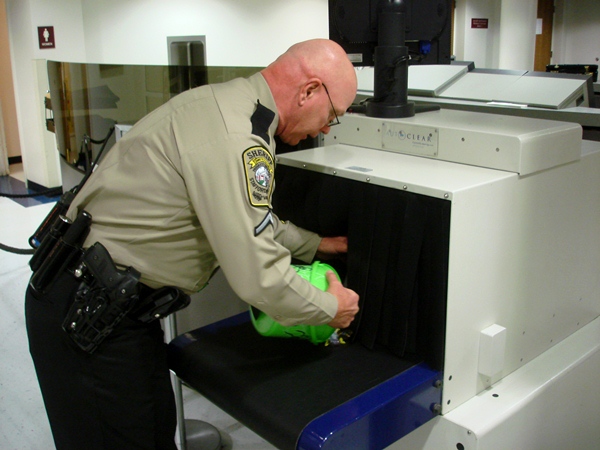
Despite the fact that there are almost no cases of this happening, parents still get worked up every year, worrying that their kids will find a razor blade or a poisoned apple in their treat bag. This simply doesn't happen. But don't just take my word for it.
University of Delaware sociology professor Joel Best had investigated reports of "Halloween sadism" tracing all the way back to 1958, and says he's never come across a "substantiated report" of a child being harmed or killed because of tampered treats.
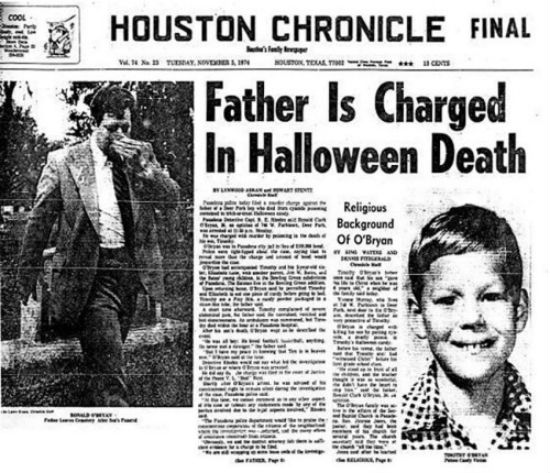
Although, there was one case of a man killing his own son using poisoned Halloween candy. Ronald Clark O'Bryan - nicknamed The Candy Man - laced his son Timothy's Halloween treats with cyanide in order to collect on his life insurance policy.
2. Halloween is a Satanic holiday

Oddly enough, this dark and spooky holiday has more to do with Christian traditions than Satanic ones. Researchers are still divided on Halloween's origins, but most agree that it began with an ancient Celtic festival called Samhain - which is older than the Devil himself. During the festival, Druids would try to contact the dead.
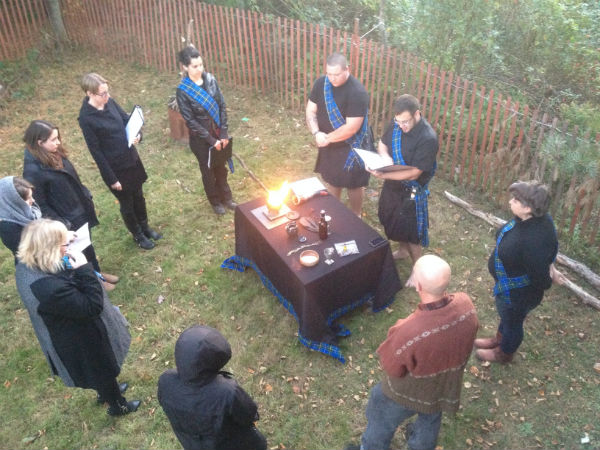
Over the last few hundred years, Samhain rituals have blended with English folk traditions and modern marketing to make the holiday we know and love. In particular, The Christian holiday of All Hallow's Eve, the day before All Saints Day, probably inspired Halloween more than Satan did.
3. Halloween is the second most expensive holiday
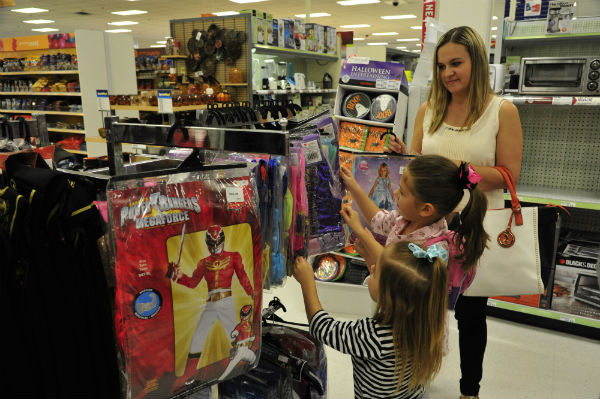
Maybe we'd like to think so - after all we spend a lot of money on candy, costumes and decorations - but this old chestnut isn't even close to the truth. The National Retail Federation tracks how much the average American spends on Halloween, and says that the country as a whole spent around $8 billion on the holiday in 2012.
To put that number in perspective, Christmas costs us somewhere in the ballpark of $580 billion. We even spent $12 billion on Mother's Day gifts (poor dads, Father's Day spending peaked at just over $11 billion).

The actual second most expensive holiday is Valentine's day, which trailed Christmas with a measly $17 billion.
4. Predators go hunting on Halloween
You can't blame parents for worrying about their little ones on Halloween, but there's more fiction than fact in stories of child abusers searching for vulnerable kids while they go door to door. In fact, most states have strict laws that prevent registered sex offenders from handing out candy, or even decorating their homes for the holiday.
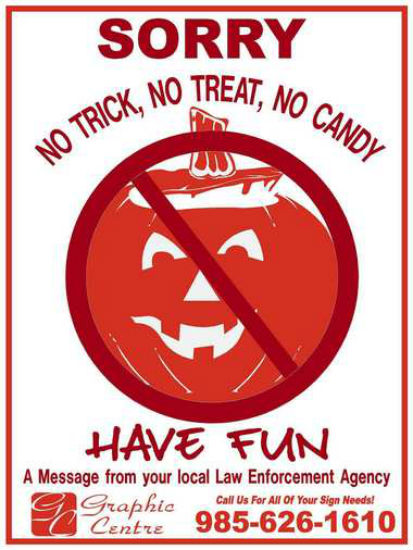
In reality, the anti-sexual abuse organisation Stop It Now! says that 85% of abusers know the children they abuse. A stunning 47% are actually related to the children. So there's not much need to worry about predators while trick or treating.
Have you heard rumors of animal cruelty on Halloween? Here's what the experts say...
5. Black cats are abused for magic rituals on Halloween
For decades, there have been rumors that black cats (and other black pets) are abused in evil rituals on Halloween night. Sometimes Satanists and other shadowy groups are blamed for these rituals, and animal rescue experts say that in rare cases black animals are harmed on Halloween.
But the American Society for the Prevention of Cruelty to Animals says that "there is no reason to believe that cats are at risk," and tells pet owners not to worry during the holiday season. Despite this, some shelters across the country won't re-home black cats until Halloween is over, just to be on the safe side.
6. Pumpkins have always been part of Halloween
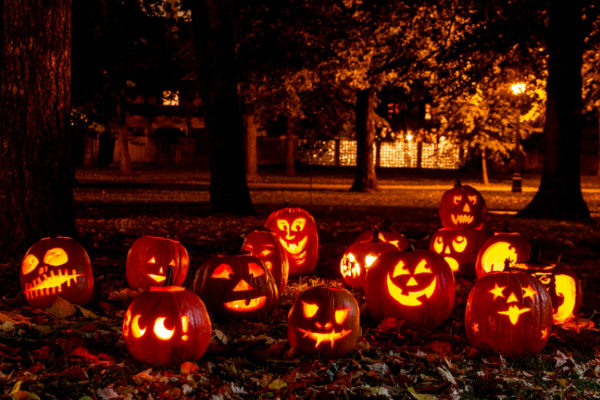
There's nothing menacing or scary about this common belief, but that doesn't mean it's Jack-o'-lanterns as we know them come from Irish folk beliefs, and are a modern feature of the holiday.

Before the gourd became a holiday staple, turnips were the must-have Halloween accessory in England. Folks would go door to door "souling," or praying for departed loved ones in exchange for food. Feel free to carry a turnip as a throwback this year, as long as you're not afraid of confused stares.
7. Accidents spike on Halloween

Sadly this myth is 100% true. The number of drunk drivers and pedestrians swarming over the road leads to lots of unnecessary fatalities on Halloween, and that's not the only danger. Holiday revelers tripping over their costumes, crashing their bikes and falling over furniture fill emergency rooms in the days leading up to Halloween.
But the biggest risk of all might be from your jack-o'-lantern. House fires and fire deaths spike before and after Halloween. Remember to be alert and stay safe this this year!
Share this list if you learned something new!
